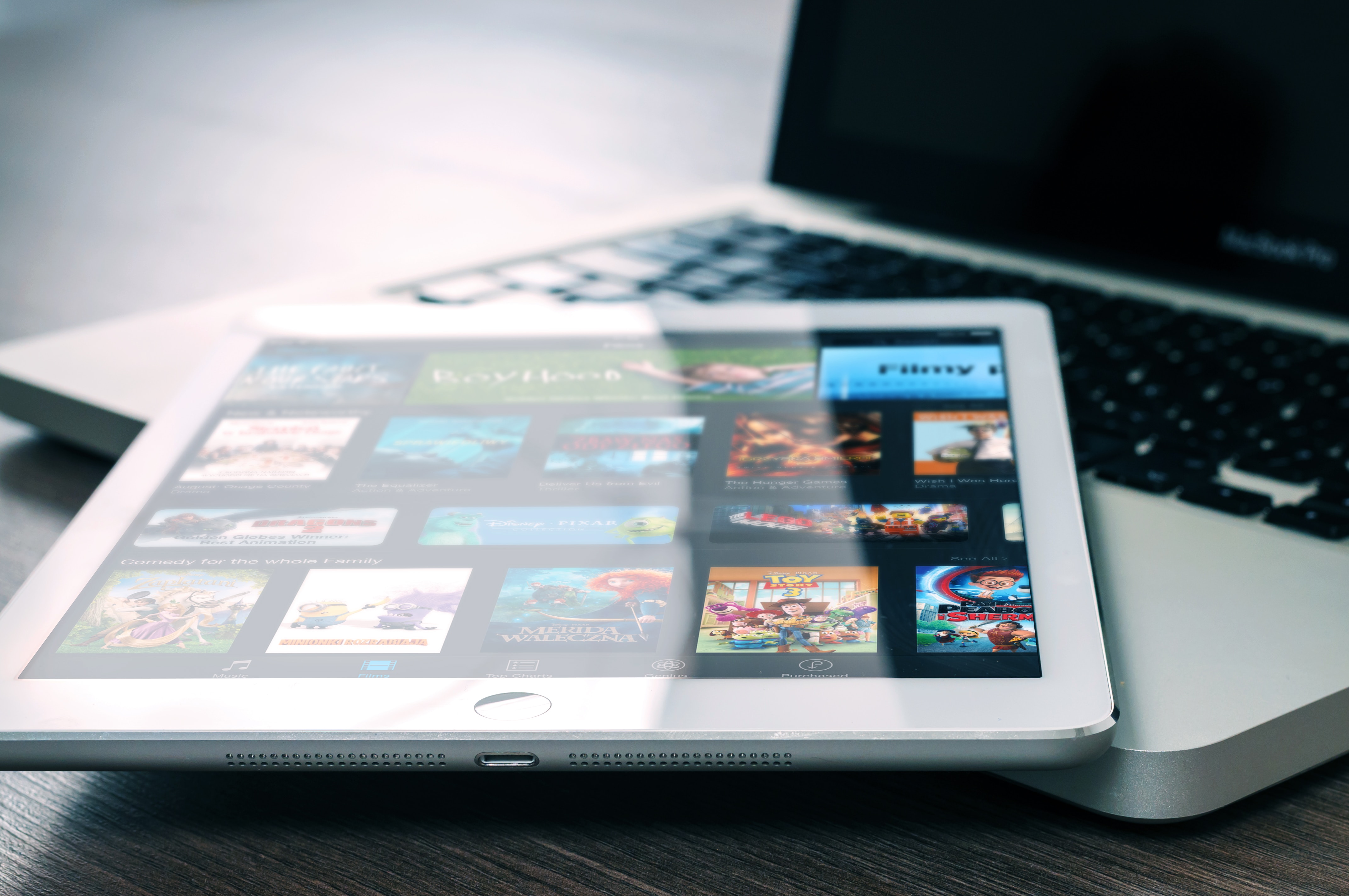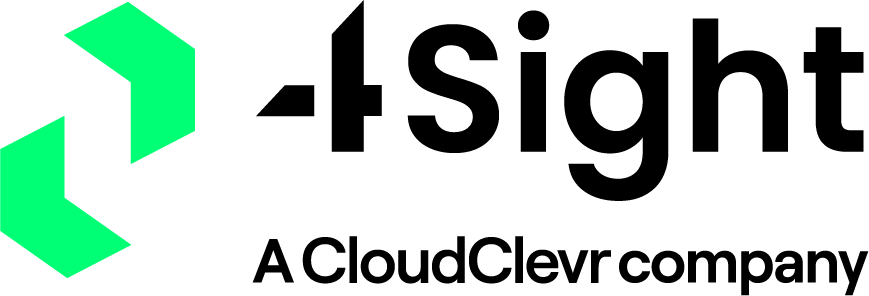Balancing AI and The Human Touch in Healthcare With Two New Approaches

Originally published on dotmed.com
The use of artificial intelligence (AI) in the healthcare industry is rapidly increasing—and for good reason. AI comes with promises of better patient outcomes, reduced operational cost and increased efficiency, but it’s not a perfect world, especially as healthcare organizations are struggling with implementation and use of AI and machine learning technologies.
And what’s more, with industry executives predicting that AI will be ubiquitous in the field by 2025, healthcare organizations are also grappling with limiting the use of technology in instances where a human touch is more appropriate.
At its roots, healthcare is still an incredibly personal industry that deals with the most important factor to everyone — health. When it comes to integrating technology into certain aspects of healthcare like communications, there will inevitably be a time when it makes sense for patients to speak with a live person face-to-face.
Consider an instance where a patient is repeatedly using telemedicine (a field increasingly adopting AI to improve upon patient interactions) to interact with their physician. There are foreseeable instances where a doctor may have to see their patient face-to-face. Finding the right balance of knowing when to use technology and when to supplement with human interactions is essential.
So how can institutions execute a successful “man-needs-machine and vice versa” outlook? Organizations need to consider these two new approaches as part of their AI implementation.
An IoT Approach
Wearables and health applications are much more widely adopted as they are driving patients to be more active participants in their own healthcare and giving them greater access to their medical data.
IoT technology, like sleep monitoring devices or fitness trackers, allow them to monitor their health, connect with their electronic medical records and share key health information with their doctor, all from their own devices. AI then takes this IoT-driven information and aggregates it for healthcare organizations to analyze and provide more personalized care.
This approach, centered around IoT, is about moving from a reactive business to a proactive business by leveraging new AI and machine learning capabilities to better predict outcomes. In the case of a sleep monitor for example, the device monitors a patient’s sleep habits and an adjacent interactive application coaches the patient by sending reminders and adapting to the patient’s individual habits.
This is great for those looking to monitor their health on an ongoing basis. However, once the technology shares predictive analytics and recommendations daily, it’s best that a physician monitors that data as well, to provide more effective treatment (perhaps once a year or more depending on the patient’s condition).
A Patient Experience Approach
In the unfortunate scenario of a fatal diagnosis, AI could be used throughout the patient’s diagnosis process — assisting physicians, saving time and improving critical outcomes. But when it comes to delivering the news that this patient is in a critical condition, interactions should be sensitive and come from a face-to-face conversation.
When using AI as part of the patient experience, it’s all about moving from a cost center to a profit center. This means making access to healthcare more convenient. The industry should approach healthcare services the same way companies such as Amazon, Uber, AirBnB and Netflix are meeting consumer demand for more convenient retail and subscriber services experiences.
Communications and customer experience technology can provide both proactive and reactive omnichannel experiences anytime, anywhere and across any device. Healthcare organizations should also use technology to automate tasks that take clinicians away from the more personal patient interactions that will always require a human touch.
These organizations can better use their clinicians to perform higher value work where AI cannot, like interacting with patients. Communications and customer experience tools can also be used to provide personalized self-service and live agent experiences. This serves to meet some of the most frequent complaints about patient experience, including:
• Poor experiences with office staff
• The feeling that a patient is just a number rather than a person
• Difficulty scheduling appointments
By leveraging open API integrations with healthcare tools like Epic, both self-service and live-agent assisted conversations can be more efficient, effective and personalized. Integrating self-service customer experience tools into patient scheduling applications puts the power in the patient’s hands to manage their own appointment adds, moves and changes.
Moving Forward With AI
The great news is that AI has been democratized and made much more readily available to organizations due to the rapid pace of innovation. However, to best realize the benefits, healthcare organizations must not move toward a pure reliance on this technology. They should explore and implement new approaches to find the right balance between using technology in a smart way while preserving the clinician-patient relationship.
A critical component of this is leveraging AI to assist humans in their day-to-day, rather than replace humans altogether. AI is a natural extension of self-service that can be used to provide even more effective experiences leveraging natural language processing and machine learning abilities.
But AI is not the solution to every customer interaction, and there will always be glaring conditions where AI-enabled interactions need to seamlessly escalate to live-assisted human interactions. Healthcare organizations implementing (or considering) AI should already be thinking about what this will look like in reality, starting by identifying situations where a more human touch is required.
This article was first published by Mitel.



